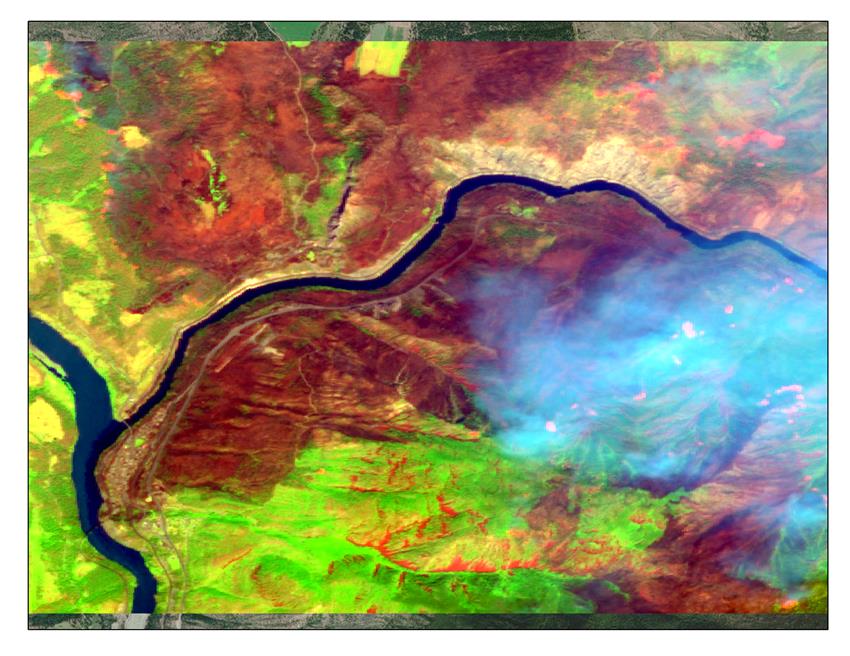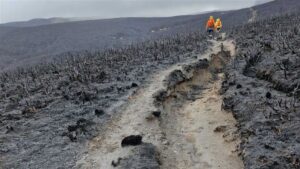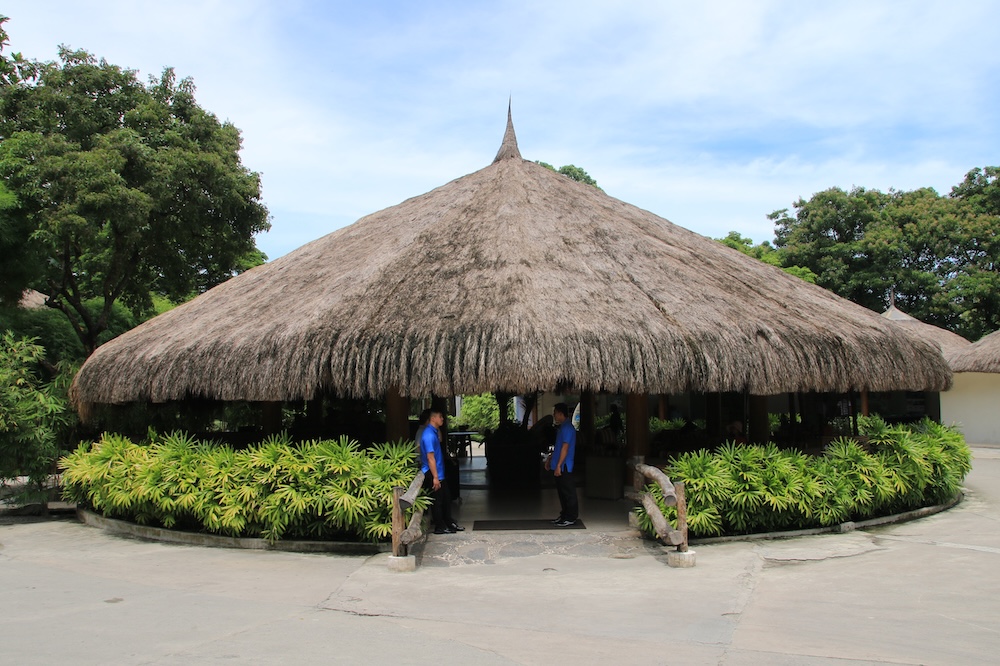Mount Sinai Mega Resort: Sacred Heritage at Risk amid Ambitious Tourism Boom
The project to build a mega resort on Mount Sinai, a site of profound religious and historical significance, has ignited considerable controversy, particularly from the perspective of heritage protection. Mount Sinai is famously known as the location where, according to religious tradition, God gave Moses the Ten Commandments, making it a sacred place for Christianity, Judaism, and Islam.

The planned resort is part of Egypt’s large-scale “Great Transfiguration Project,” which aims to transform the area into a luxury tourism destination with hotels, shopping centers, and villas, promoting mountain, medical, and environmental tourism.
From a heritage protection standpoint, this ambitious development poses serious challenges and risks. Mount Sinai is a UNESCO World Heritage Site, recognized not only for its natural beauty but also for its deep spiritual and cultural importance. UNESCO’s designation is meant to guarantee the preservation of such sites against development that could irreversibly damage their cultural value.
The Orthodox Monastery of St. Catherine, located at the base of Mount Horeb, is an integral part of this heritage. As a landmark of the Greek Orthodox tradition and a spiritual beacon, its protection is paramount in maintaining the authenticity and sanctity of the site.
Religious leaders and local communities have voiced strong opposition. Archbishop Ieronymos II of Athens, head of the Church of Greece, condemned the project, describing it as a seizure and expropriation of monastery property that threatens Orthodoxy and Hellenism.
The local Jebeleya tribe, who serve as guardians of St. Catherine’s Monastery, have reported demolitions of their homes and eco-camps with minimal or no compensation. Their concerns highlight the social injustice and cultural disruption caused by the project. A large urban development imposed from above without local consent undermines the community’s longstanding connection to and stewardship of the land.
From a heritage protection lens, the project raises critical questions about how sacred and cultural landscapes are valued and managed. Heritage sites like Mount Sinai are not merely scenic or commercial assets but hold intangible spiritual and cultural dimensions that require sensitive and inclusive preservation.
Development that prioritizes tourism infrastructure over cultural and environmental sustainability risks commodifying sacred places and alienating indigenous communities. Furthermore, introducing mega resorts may physically and visually disrupt the historical landscape, potentially diminishing its integrity and authenticity, critical criteria for UNESCO protection.
The burgeoning tourism sector in Egypt, with nearly 16 million visitors in 2024, reflects a growing economic drive that the government aims to harness. However, this drive must be balanced with a commitment to protecting cultural heritage.
True sustainable heritage tourism respects the values and voices of all stakeholders, especially the local communities and custodians who maintain the living heritage of the place. Ignoring these considerations can lead to loss of heritage, social conflicts, and degradation of the spiritual essence that makes Mount Sinai unique.
While the Great Transfiguration Project may bring economic benefits through luxury tourism development, it triggers profound heritage protection concerns. The sacred status of Mount Sinai, the presence of a historically significant monastery, and the livelihoods of indigenous guardians are all at stake.
Effective heritage protection requires that development plans incorporate rigorous impact assessments, meaningful local community involvement, and adherence to UNESCO’s guidelines to ensure that the site’s cultural and spiritual values are preserved for future generations. The unfolding situation serves as a crucial example of the tensions between modernization ambitions and the imperative to protect humanity’s shared cultural heritage.




